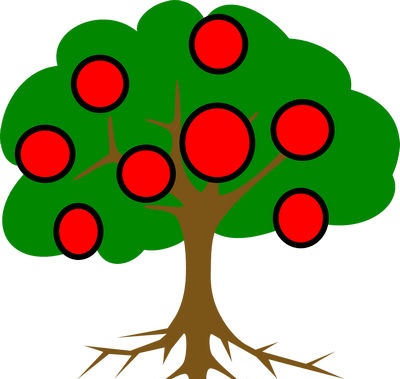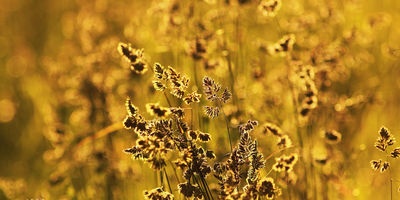What stimulates plant growth? |
|
It turned out that the coleoptiles were bent towards the light. If the coleoptile was covered with a thin layer of staniol, and the light acted on the part of the seedling located below the closed coleoptile, then it did not bend. In the same case, when the coleoptile remained open and was exposed to the action of light, and the section located below was covered with staniol, the coleoptile bent towards the light. Analyzing the experiments, Charles Darwin wrote in his remarkable work "The ability to move plants":
Both this ingenious guess and other researches of Charles Darwin about the movement of plants were unfriendly received by Western physiologists. Thus, Yu. Sachs, the head of German physiologists, in the year of Charles Darwin's death wrote: “I can only regret that the name of Charles Darwin is in the title. The experiments he describes are staged without knowledge of the matter and poorly interpreted, and the good things that can be found in small numbers in the book are not new. "
In the early 30s, a substance that promotes the bending of coleoptiles and stimulates the formation of roots was isolated and its structure was determined. What a surprise it was when it turned out that this substance - indoleacetic acid - was synthesized by organic chemists back in 1885. This acid was named heteroauxin, which means another auxin. Knowing the nature of heteroauxin, organic chemists launched intensive research on the synthesis of new compounds from acetic and other organic acids, and physiologists began to study the effects of these compounds on plant growth and development. Thousands of such compounds have now been synthesized. But only a few of them have so far found wide application in practice.
When 2,4-D is used in high concentrations (100 lg / l), young suppresses growth processes - in this case, the drug acts as a growth inhibitor. With this treatment, the plants do not die, their growth processes are temporarily delayed. If the plants are treated with this preparation, taken in an even higher concentration (3 g / l), then they die, that is, in this case, the preparation is a herbicide (herbi - herb and caedere - kill).
It was found that the same dose of the drug has a completely opposite effect on different plants: in some it stimulates growth processes, in others it suppresses. At the same time, it turned out that young plant tissues and organs are mostly most sensitive to the action of chemicals. Different organs, parts and tissues of a plant react differently to such influences. K. E. Ovcharov Similar publications |
| Dogwood |
|---|
New recipes
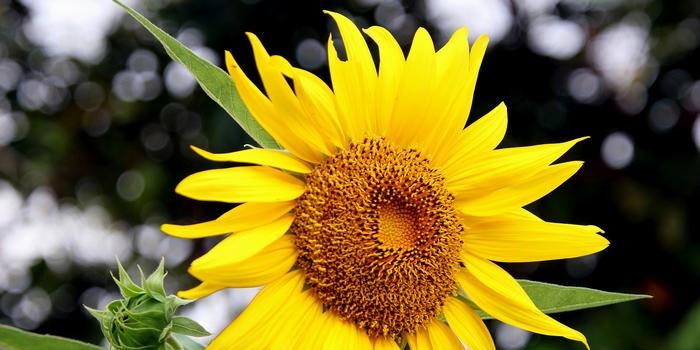 It has long been noticed that some plants turn towards light. This can be especially clearly observed in the sunflower, the baskets of which in the morning turn to the rising sun. The sprouts on the window are also reaching for the light. These and many other facts prompted researchers to find out the reasons for such orientational plant movements. Among these researchers was the famous Charles Darwin. He germinated the seeds of cereals in a dark chamber, and then coleopted these seedlings, that is, the first transparent leaves covering young leaves of cereals were exposed to light falling from one side.
It has long been noticed that some plants turn towards light. This can be especially clearly observed in the sunflower, the baskets of which in the morning turn to the rising sun. The sprouts on the window are also reaching for the light. These and many other facts prompted researchers to find out the reasons for such orientational plant movements. Among these researchers was the famous Charles Darwin. He germinated the seeds of cereals in a dark chamber, and then coleopted these seedlings, that is, the first transparent leaves covering young leaves of cereals were exposed to light falling from one side.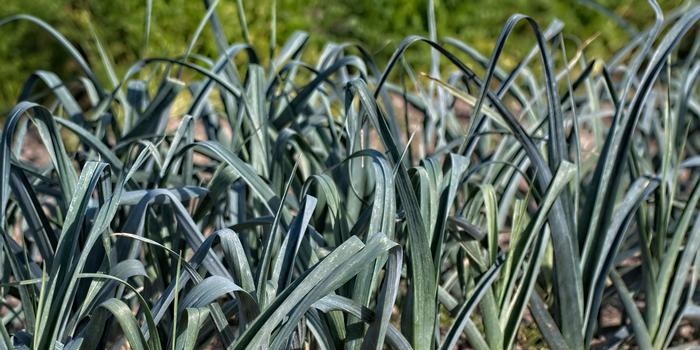
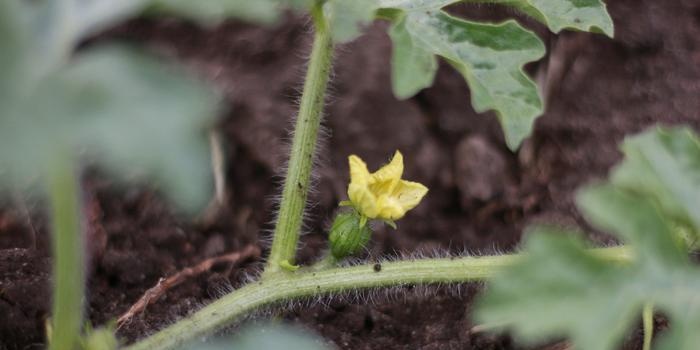 History has shown that Ch. Darwin and KA Timiryazev were absolutely right. More than forty years later, Charles Darwin's remarkable conjecture found brilliant experimental confirmation. It has been convincingly shown that the tip of the coleoptile forms a substance - auxin.
History has shown that Ch. Darwin and KA Timiryazev were absolutely right. More than forty years later, Charles Darwin's remarkable conjecture found brilliant experimental confirmation. It has been convincingly shown that the tip of the coleoptile forms a substance - auxin.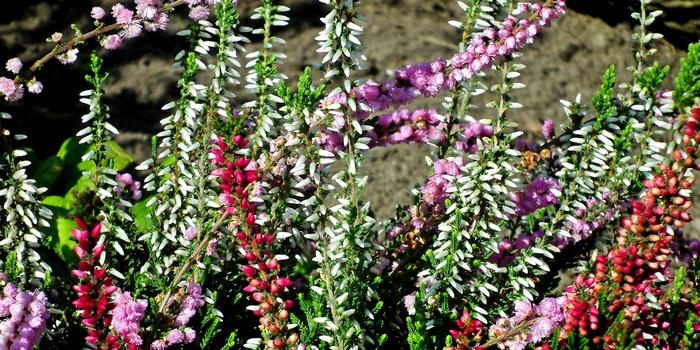 The study of the effect of growth regulators on plants has shown that the same substance, depending on the applied concentration, can have both a stimulating and an inhibitory effect on a plant. For example, the drug 2,4-D (2,4-dichlorophenoxyacetic acid), when used in small doses (10-20 mg / l), stimulates the formation of fruits in tomatoes and the formation of roots in cuttings, that is, it acts as growth stimulant.
The study of the effect of growth regulators on plants has shown that the same substance, depending on the applied concentration, can have both a stimulating and an inhibitory effect on a plant. For example, the drug 2,4-D (2,4-dichlorophenoxyacetic acid), when used in small doses (10-20 mg / l), stimulates the formation of fruits in tomatoes and the formation of roots in cuttings, that is, it acts as growth stimulant.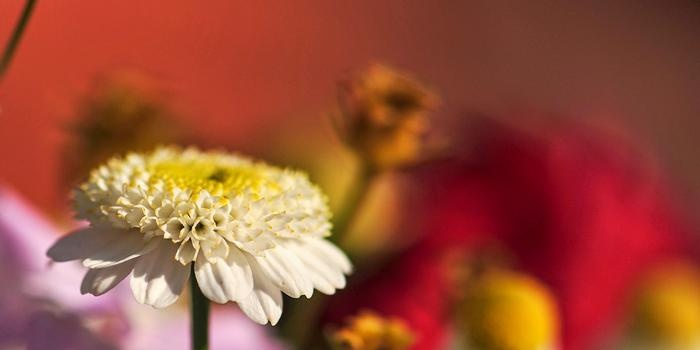 Often synthetic substances that stimulate, inhibit, or in some other way change physiology: logical processes in plants are called regulators. If these substances affect growth, they are called growth regulators, if they cause the formation of flower rudiments and promote their development, they are called flowering regulators.
Often synthetic substances that stimulate, inhibit, or in some other way change physiology: logical processes in plants are called regulators. If these substances affect growth, they are called growth regulators, if they cause the formation of flower rudiments and promote their development, they are called flowering regulators.
